Good news! My article about building the model of German submarine U7 from scratch was published in Russian magazine M-Hobby 09-2011.

Here is a link to the official publisher’s website http://www.zeughaus.ru/product/m-hobbi-92011/
Personal blog about scale modeling. Aviation 1/72, Navy 1/350, Armor and Diorama in 1/72.
Good news! My article about building the model of German submarine U7 from scratch was published in Russian magazine M-Hobby 09-2011.

Here is a link to the official publisher’s website http://www.zeughaus.ru/product/m-hobbi-92011/
Two my submarines were published on Modellmarine. There are SHCH-303 (AMP) and U-997 (Flagman) in 1/350. Texts in German.
Lately I’ve made several new figures in my favorite 1/72 scale. This is a figurine of a driver from a tech team of Russian carrier “Admiral Kuznetzov”. He is sitting in TK-3 deck tractor. The kit is produced by Olimp Models and the figurine was made for them.
A new model in my 1/350 submarines collection. Soviet submarine Щ-303 “Ёрш” тип “Щука” (SCH-303 Ruffe, “Pike” type) was laid down in 1930 and joined the Baltic Fleet in 1933. She had a long and hard career. Routing repairs and training didn’t allow her to take part in Soviet-Finland War and first encounters of the Great Patriotic War. Her first patrol – June-July 1942. Captain – Ivan Travkin. At the beginning of that patrol SCH-303 made three crossings of German “Nashorn” mine barrage. She attacked and damaged ship “Aldebaran” (7891t.) and then she suffered heavy attack from German convoy ships. Her nose torpedo tubes and rudders were damaged. On the way back to base SCH-303 made another two crossings of the “Nashorn” barrage and was attacked by German patrol plane. Near “Seeiegel” mine barrage she waited for support for six days and every night German ships made attacks on the submarine, but SCH-303 at last reached Kronshtadt by herself.
Second patrol – October-November 1943. She crossed Nashorn and Seeiegel, and then damaged three ships. SCH-303 ran out of ammo and returned to base through Seeiegel barrage.
Third patrol of SCH-303 became one of most dramatic in history of Soviet Baltic Fleet. Germans improved their defense. Nashorn was filled up with additional 7300 mines and Seeiegel with 2300 mines. Beyond that, in Finnish Gulf were installed two large barrages of anti-submarine nets.
There were period of “White nights” and every hour on the surface was a great risk to SCH-303. She unsuccessfully tried to cross net and mine barrages and nearly get out of electric power and air regeneration supplies. Food were cooked with sea water. On surface she several times met German warships. Conditions for people were very hard and nervous. One night watchman Galkin take submarine on surface, went out and began to made signals with white pillowcase to passing German patrol warships. They opened fire on “Ersh”. Captain Travkin made a decision to leave the traitor (he became prisoner of war) and ordered emergency submerge. Then were more then 70 hours of incessant Germans attacks. SCH-303 survived. Travkin decided to go back to base. Two Soviet cutters (MO-102 and MO-123), which were sent to met the submarine were lost on mines of Seeiegel. On the way to Kronshtadt the convoy with SCH-303 suffered of air attacks – two minesweepers were damaged.
Ivan Travkin was awarded with American Navy Cross. His new submarine was K-52. In 1945 he received the Gold Star of The Hero of the Soviet Union.
Fourth patrol – December 1944 – January 1945. Captain – E. A. Ignatiev. SCH-303 passed the barrages with some damages. She tried to attack German convoy but were intercepted and attacked. Her rudders were damaged, but she successfully returned to base.
It was evident that more then 10 years old submarine became obsolete, but she had another two patrols in February and March 1945. After numerous encounters with German patrol ships SCH-303 performed two attacks and returned to base. The war for “Lucky pike” was over.
In-progress photos:
My little subs collection
Great news – my article on building Cheranovsky BiCH-20 and BiCH-21 (SG-1) was published in Modell Panorama 2011/03 magazine.
We are on cover :)
First pages of the article
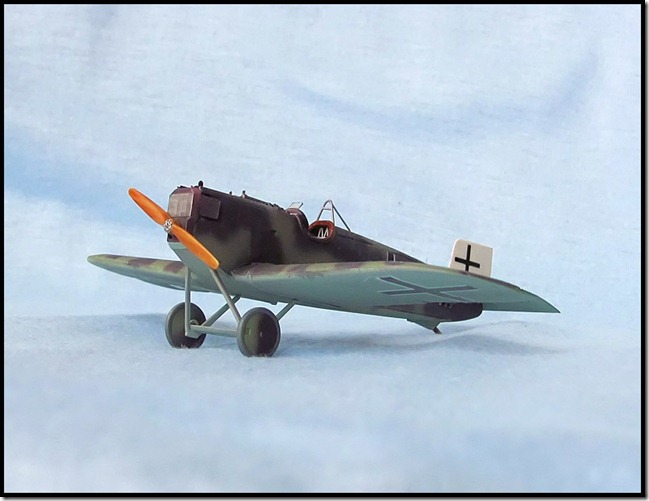
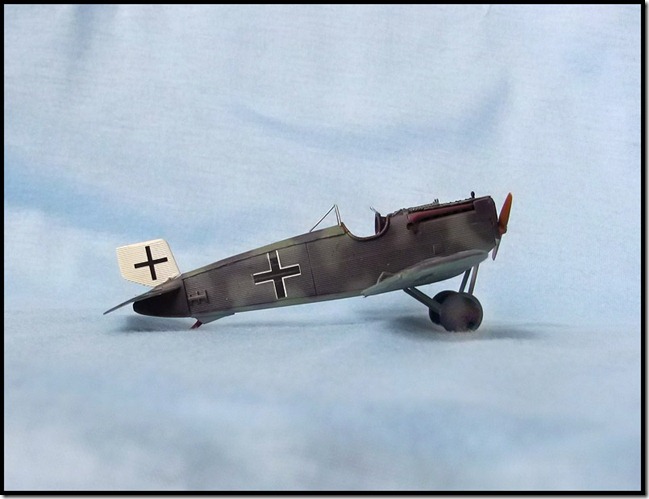


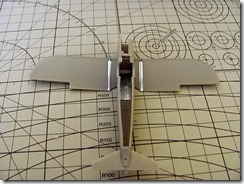


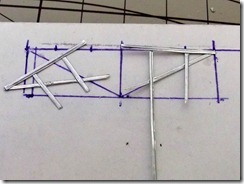
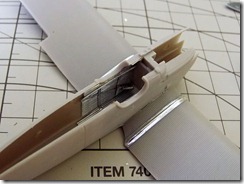

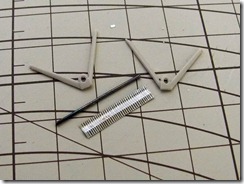



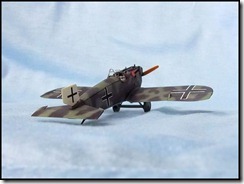

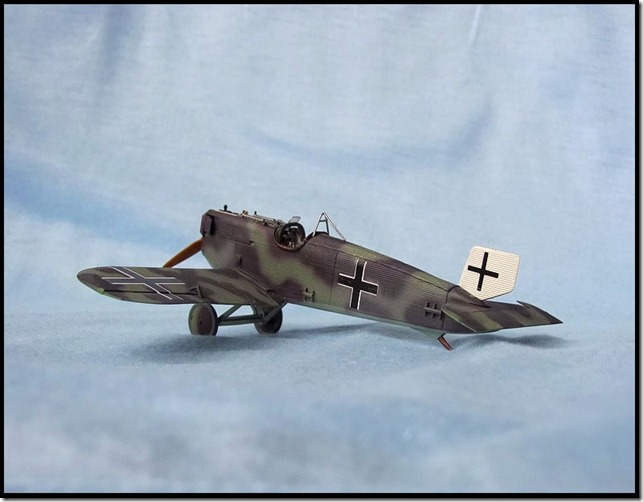
Bisnovat «5-2» was one of the first soviet rocket planes designed for researches of transonic flight. It was build and tested in 1948-1949. Two planes were build. They were carried by Pe-8 heavy bomber converted into flying lab. The «5-1» plane was lost during tests – they were very dangerous – the airfield where tests were taken was rather small. The «5-2» plane was luckier and reached 0,775M speed.
The model was built from Prop&Jet vacu kit. The quality of vacu kits of that manufacturer is really exceptional. Accuracy is high comparing to the drawings published in russian «АС» magazine. So, it was a kind of easy and enjoyable build.
For a long time Prop&Jet model was the only offering on market. Nowadays we also have Amodel’s short-run kit.
Some in-progress pictures of my Ferdinand Max model. It was an easy build, so I think everything is clear and don’t need much comments. I hope some day I will build another model of this ironclad in 1/350.
Deck close view
My one and only model in 1/700 scale – Austro-Hungarian ironclad Ferdinand Max. She was the flagship of Wilhelm von Tegetthoff fleet at the famous battle of Lissa.
The model was build as a souvenir.